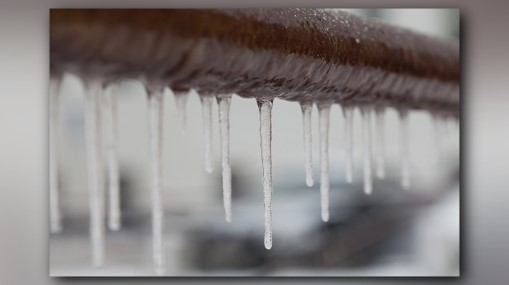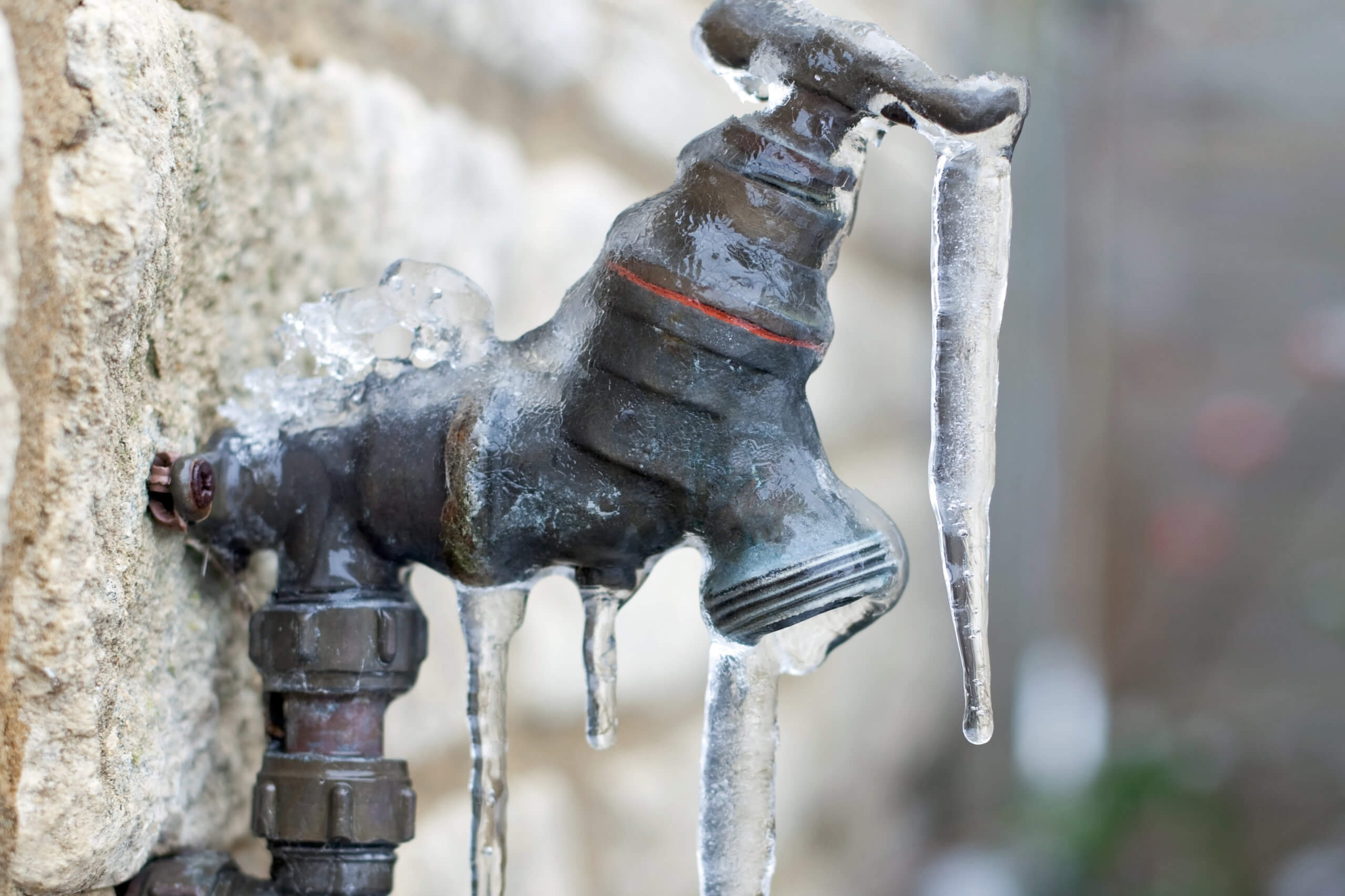They are making several good pointers on the subject of Helpful Tips to Prevent Frozen Pipes this Winter in general in this great article beneath.

Cold weather can wreak havoc on your pipes, especially by freezing pipes. Right here's exactly how to prevent it from occurring and what to do if it does.
Intro
As temperature levels drop, the risk of frozen pipelines rises, possibly causing pricey repair services and water damages. Comprehending exactly how to avoid frozen pipelines is essential for home owners in chilly environments.
Prevention Tips
Protecting prone pipelines
Cover pipelines in insulation sleeves or utilize warm tape to protect them from freezing temperature levels. Concentrate on pipes in unheated or external locations of the home.
Heating methods
Keep indoor rooms adequately warmed, especially locations with plumbing. Open up closet doors to permit warm air to flow around pipes under sinks.
Exactly how to identify icy pipelines
Try to find lowered water flow from taps, unusual smells or sounds from pipes, and noticeable frost on subjected pipelines.
Long-Term Solutions
Architectural modifications
Think about rerouting pipelines away from exterior walls or unheated areas. Include extra insulation to attic rooms, cellars, and crawl spaces.
Updating insulation
Invest in top quality insulation for pipelines, attic rooms, and wall surfaces. Correct insulation helps keep consistent temperature levels and minimizes the threat of frozen pipelines.
Protecting Outdoor Pipes
Yard tubes and outdoor faucets
Disconnect and drain pipes garden hoses before winter months. Mount frost-proof faucets or cover exterior taps with insulated caps.
Recognizing Icy Pipes
What triggers pipes to ice up?
Pipes ice up when subjected to temperatures below 32 ° F (0 ° C) for prolonged durations. As water inside the pipelines ices up, it increases, taxing the pipeline wall surfaces and possibly causing them to break.
Risks and problems
Icy pipes can lead to water disruptions, home damage, and pricey repair work. Burst pipelines can flood homes and cause considerable structural damages.
Indications of Frozen Piping
Identifying icy pipes early can prevent them from bursting.
What to Do If Your Pipelines Freeze
Immediate activities to take
If you suspect frozen pipes, maintain taps open up to eliminate stress as the ice thaws. Utilize a hairdryer or towels taken in hot water to thaw pipelines slowly.
Conclusion
Preventing icy pipes requires aggressive actions and fast feedbacks. By recognizing the causes, signs, and preventive measures, homeowners can shield their pipes during cold weather.
6 Proven Ways to Prevent Frozen Pipes and Protect Your Home
Disconnect and Drain Garden Hoses
Before winter arrives, start by disconnecting your garden hoses and draining any remaining water. Close the shut-off valves that supply outdoor hose bibs and leave the outdoor faucet open to allow any residual water to drain. For extra protection, consider using faucet covers throughout the colder months. It’s also important to drain water from any sprinkler supply lines following the manufacturer’s directions.
Insulate Exposed Pipes
Insulating your pipes is an effective way to prevent freezing. Pipe insulation is readily available at home improvement stores and is relatively inexpensive. Pay close attention to pipes in unheated areas such as the attic, basement, crawl spaces, or garage. Apply foam insulation generously to create a buffer against the cold. You can also wrap your pipes in heat tape or thermostat-controlled heat cables for added warmth.
Seal Air Leaks
Inspect your home for any cracks or openings that could let in cold air. Seal any holes around the piping in interior or exterior walls, as well as the sill plates where your home rests on its foundation. Additionally, make sure to keep your garage door closed unless you’re entering or exiting. Leaving it open creates a significant air leak that can lead to frozen pipes.
Allow Warm Air Circulation
During cold snaps, it’s essential to allow warm air to circulate evenly throughout your home. Leave interior doors ajar to promote better airflow. Open kitchen and bathroom cabinets to help distribute heat consistently around the rooms. If you have small children or pets, be sure to remove any household chemicals or potentially harmful cleaners from open cabinets for safety.
Let Faucets Drip
A small trickle of water can make a big difference in preventing ice formation inside your pipes. When temperatures drop significantly, start a drip of water from all faucets served by exposed pipes. This continuous flow helps prevent the water from freezing. Additionally, running a few faucets slightly can relieve pressure inside the pipes, reducing the chances of a rupture if the water inside does freeze.
https://choateshvac.com/6-proven-ways-to-prevent-frozen-pipes-and-protect-your-home/

As a person who reads on Preventing and dealing with frozen pipes, I was thinking sharing that portion was beneficial. Are you aware of anybody else who is truly interested in the topic? Why not share it. I treasure your readership.
Schedule A Service Call